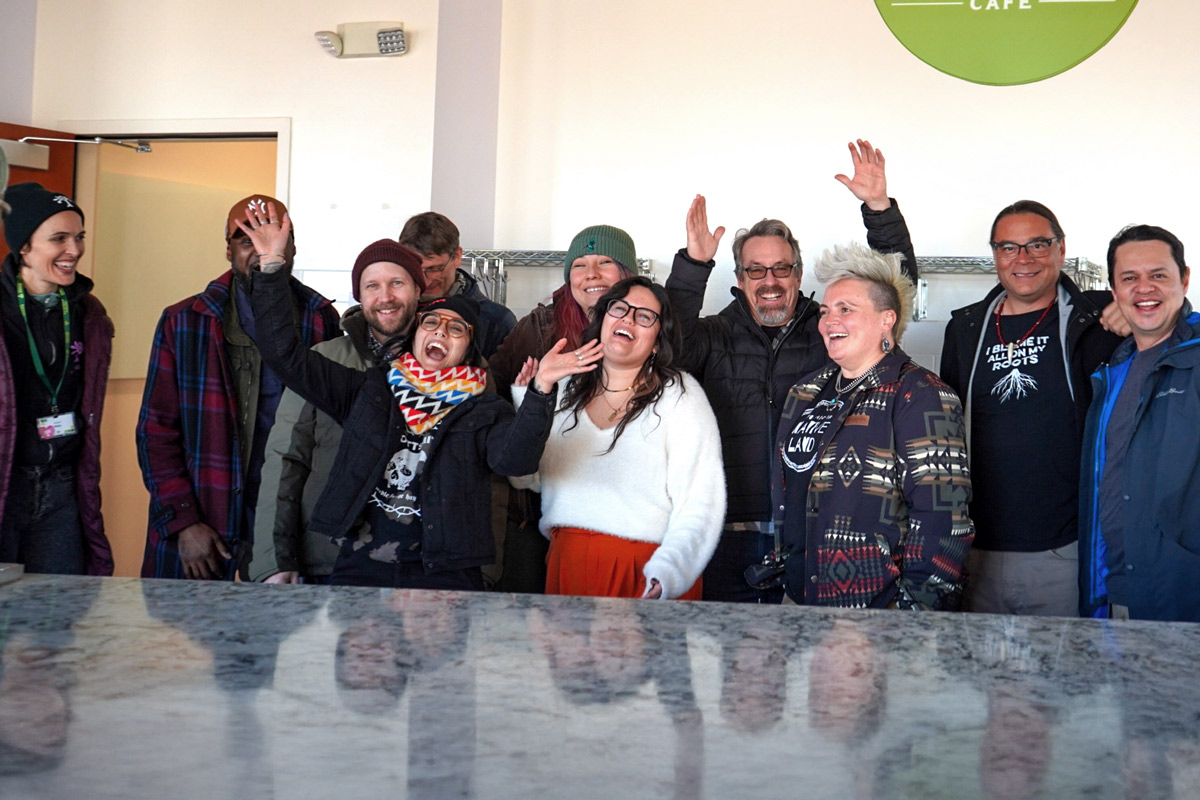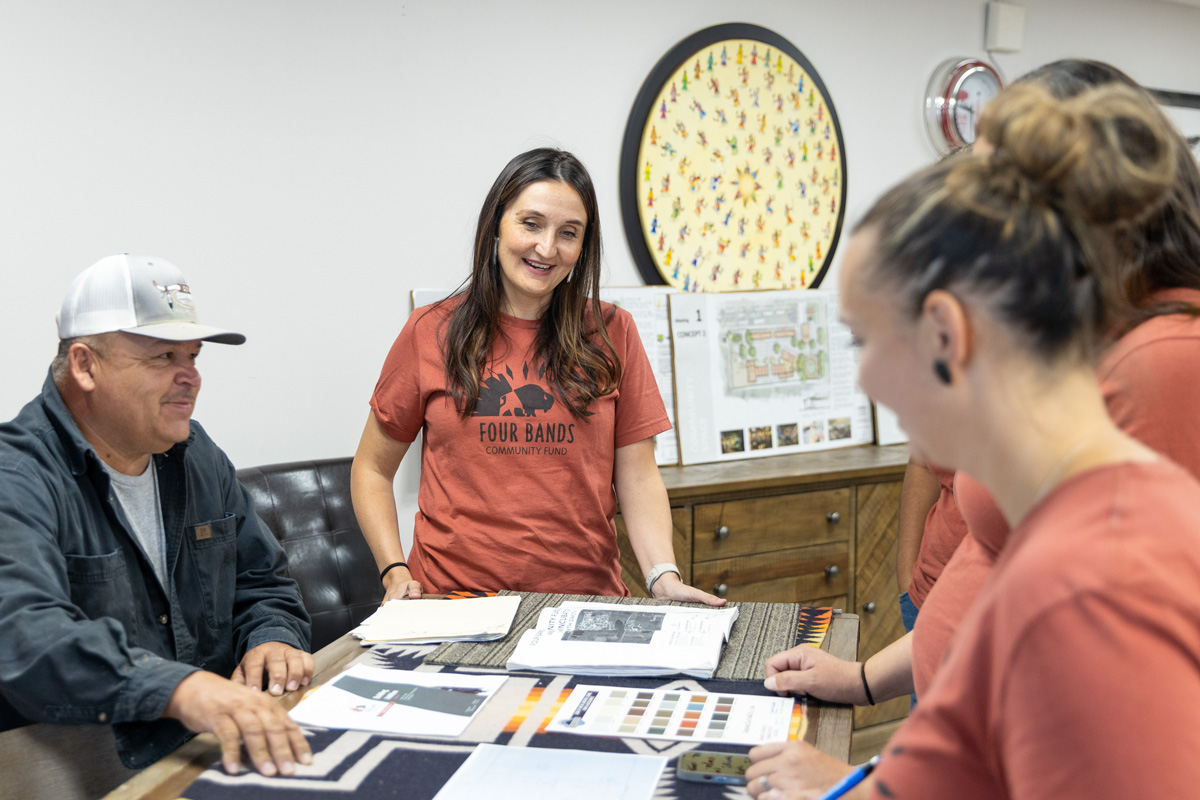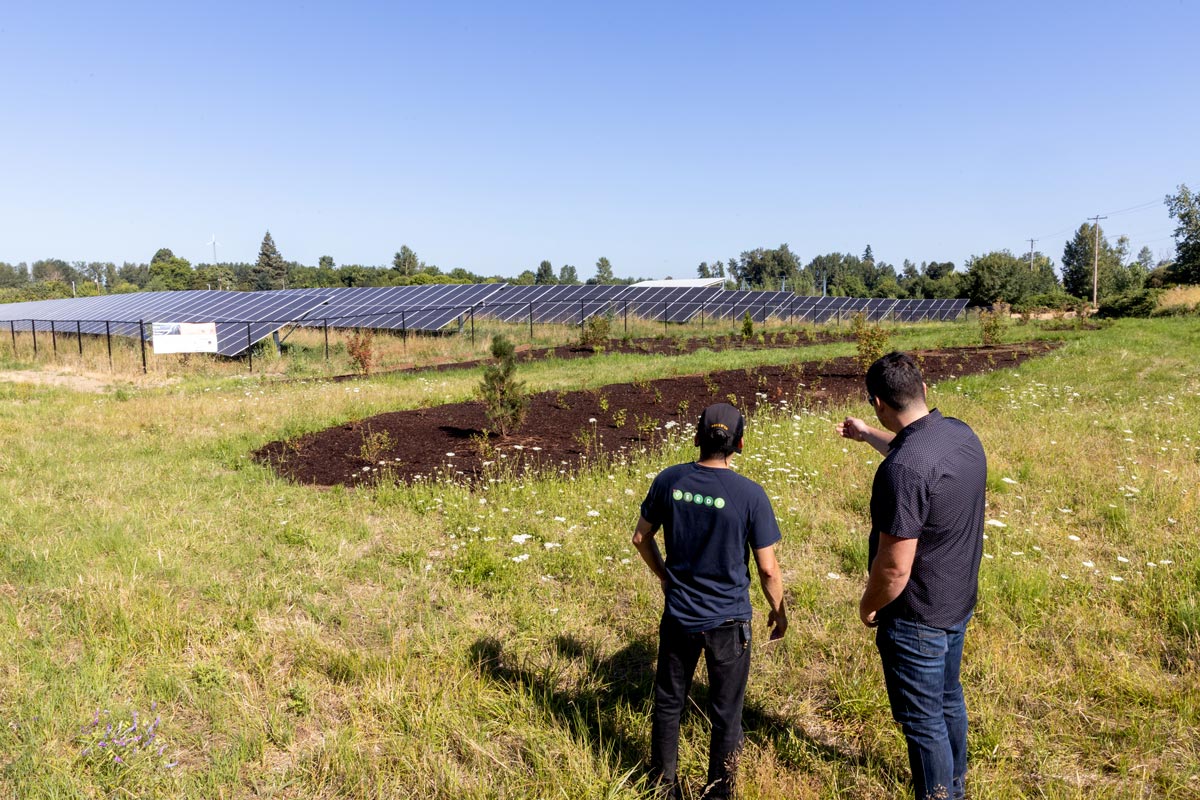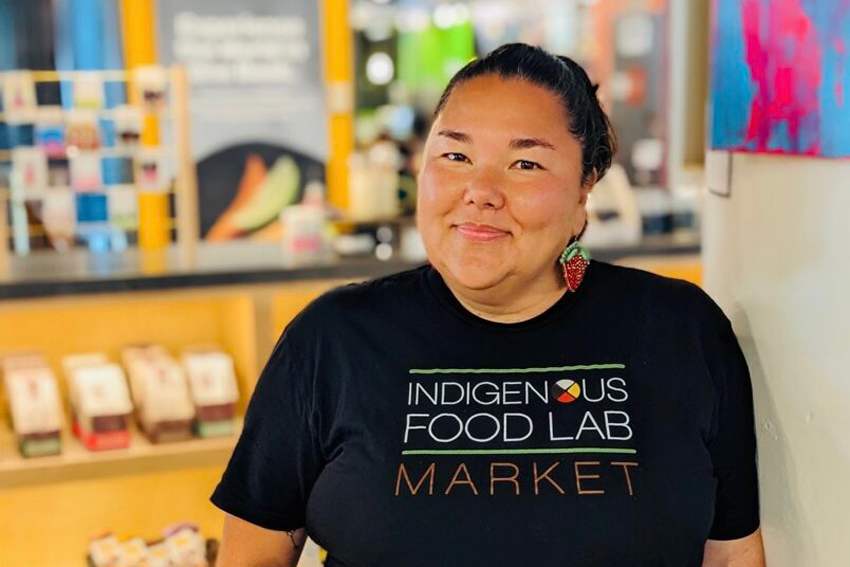
Linda Black Elk, shown here at the retail market of NATIFS’s Indigenous Food Lab in Minneapolis, leads the organization’s educational programming and community outreach. Photo courtesy of NATIFS.
“There’s a difference between feeding someone and nourishing them. Nourishment feeds you beyond just calories. Food connects you to your community, to the land, to your ancestors.”
Linda Black Elk
Educational Programming and Community Outreach, NATIFS
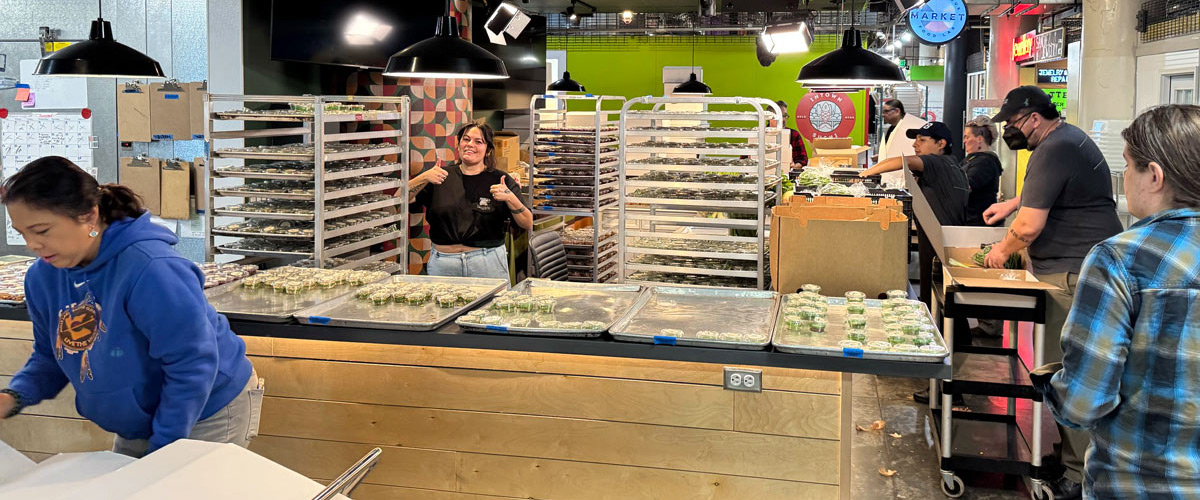
NATIFS staff prepares meal kits for donation boxes to Native communities. Photo courtesy of NATIFS.
NATIFS was founded in 2017 by Sean Sherman (Oglala Lakota), a James Beard Award-winning chef who founded The Sioux Chef and advocates for decolonizing the food system in the United States by restoring precolonial food practices.

Two of the many illustrated “trading cards” highlighting Native forageable plants, part of NATIFS’s educational programming. Photo courtesy of NATIFS.
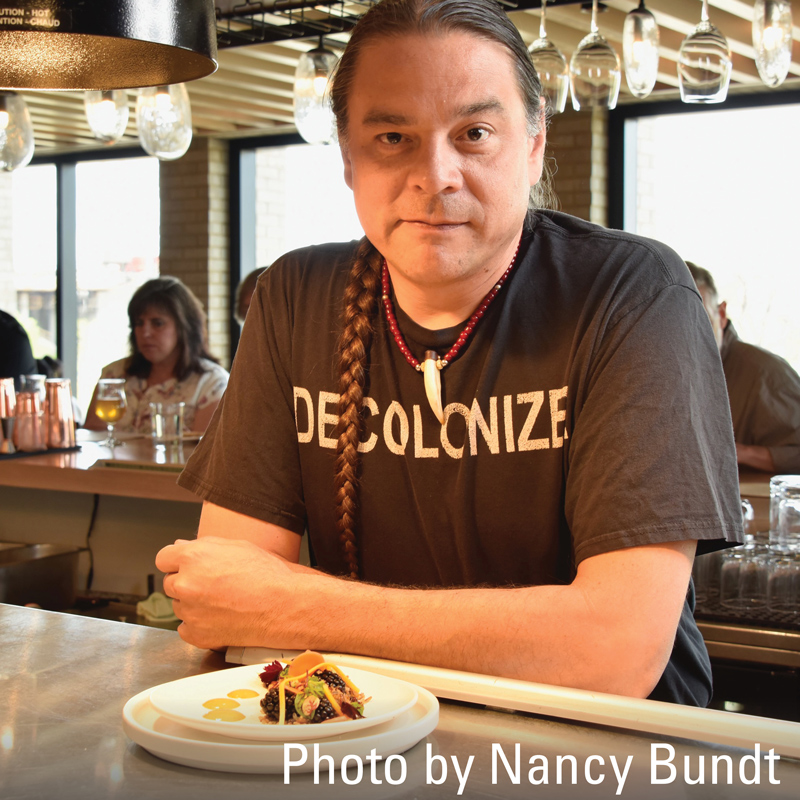
“If we can control our food, we can control our future.”
Sean Sherman (Oglala Lakota)
Founder and Executive Director, NATIFS
“Good, healthy food is important for everyone, especially right now, when food is getting more expensive, and access is becoming more limited.”

